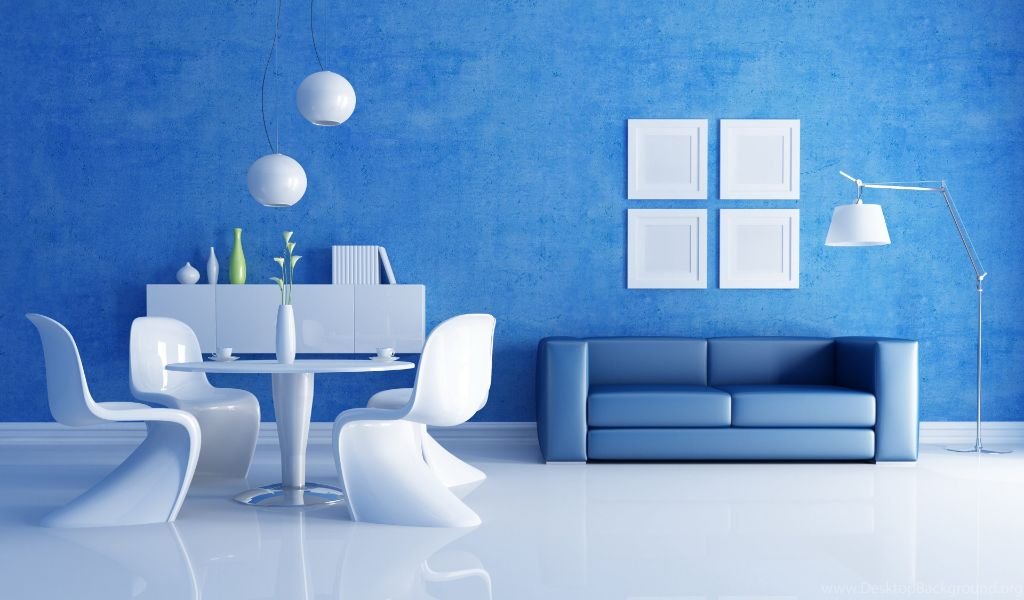Everything You Need to Know About Wallpapering Furniture
Are you sick of the same old appearance of your furnishings? Want to add personality and character to your living space in a creative way? You need to look no further! Wallpapering vintage or boring furniture is an innovative and thrilling technique that enables you to breathe new life into existing pieces or create one-of-a-kind statement pieces from the start.
Design Furniture’s blog article on wallpapering furniture has all you need. We’ve got you, from surface preparation to selecting the ideal wallpaper design. So let’s delve into transforming commonplace furniture into extraordinary works of art!

Why Applying Wallpaper to Furniture Can Be a Good Choice
Are you looking forward to upgrading your furniture? Wallpapering can be the ideal solution! One of the greatest benefits of wallpapering furniture is the limitless design options available. With the profusion of available patterns, hues, and textures, you can effortlessly transform any piece into a true head-turner.
- The wallpaper looks good and protects the furnishings. Applying wallpaper to old surfaces or markings on wood or plastic may instantly hide defects and update the item.
- Wallpaper’s versatility is another benefit. There are bold, vivid themes and delicate, polished designs for every taste. The choices are endless, from old flower motifs to modern geometric patterns.
- Additionally, wallpaper allows easy tweaking. You can choose the perfect design and color scheme to match or contrast your décor. This degree of customization ensures each item reflects your style.
- Why buy generic furniture when you can make distinctive ones by skillfully wallpapering? To unlock your ideas, try different combinations and let each roll alter.
Scrub the Furniture With a Moist Sponge
Wallpapering furniture requires proper preparation for a beautiful result. The surface must be thoroughly cleaned and prepared before wallpapering. This process begins with a moist towel on the furniture.
- This may appear straightforward, but ensuring your wallpaper adheres well to the surface is vital. You can eliminate any grime, pollen, or oil from the furniture using a damp sponge. This will produce a uniform and clear substrate for wallpaper application.
- Start by saturating a sponge with water and wringing out the excess liquid. Using gentle circular motions, scour the entire furniture surface from top to bottom. Pay close attention to places that are likely to accumulate dirt or get discolored.
- Add mild detergent or soap to your sponge before scrubbing obstinate stains or adhesive residue from your furniture. Remember to rinse any detergent residue with another moist cloth afterwards.
- After thoroughly cleaning and scrubbing all furniture surfaces, allow ample time to dry before continuing to the subsequent stages of wallpaper preparation.
Remove the Cabinet Drawers and Doors
- The removal of cabinets and doors is a crucial stage in wallpapering furniture. This will simplify working with each element and ensure a professional-looking finish.
- Remove all hardware from the compartments and doors, including hinges and handles. Set these aside securely to avoid losing or damaging them during the process.
- Next, carefully take out each drawer individually. Before pulling furniture doors from their hinges, fully open them. Avoid excessive force or pressure to prevent harm.
- Replace all cabinets and doors with a drop cloth or old newspaper on a horizontal surface. This will keep them clean while you work on other furnishings.
- Now that you have simple access to every crevice and cranny of your piece of furniture, it is time to move on to the next stages in wallpaper preparation.
Sanding Surfaces of Wood or Plastic
When wallpapering furniture, sanding the surfaces is an essential action that must be addressed. Whether you are working with wood or plastic, sanding ensures that the wallpaper will adhere to a clean and even surface.
- For wooden surfaces, remove any irregularities or imperfections with medium-grain sandpaper. The best results can be achieved by sanding in the direction of the grain. This will aid in creating a spotless surface for your wallpaper Dubai and improve its adhesion.
- When working with plastic furniture, it is necessary to polish the surface to improve wallpaper adhesion gently. Use fine-grit sandpaper and light pressure to eliminate the plastic’s lustrous finish. This will create a more abrasive surface, enhancing the adhesion between the adhesive and the material.
- Remember, excessive sanding can cause damage or deterioration when refinishing wood or plastic surfaces. Gentle contact is all that is required for optimal results.
- By sanding your furniture before applying the wallpaper of your choice, you will set yourself up for success!
Use a Utility Knife to Remove Wallpaper
It is possible to make errors when wallpapering furniture. You may need to align the pattern precisely or be eager for a new appearance. The good news is that removing wallpaper can be a manageable task. You can easily remove old wallpaper from your furniture with a craft knife and patience.
- First, score the paper using a craft knife. Carefully make small incisions in the wallpaper while avoiding the underlying surface. This will aid in loosening the adhesive, making it simpler to remove.
- Using your fingertips or a putty knife, carefully pry up an edge of the wallpaper after scoring it. Peel back the paper gradually as you move across the surface. If any obstinate areas refuse to come off, use the craft knife to remove the residual debris delicately.
- After removing all of the wallpaper, clean the surface of your furniture with a moist cloth to remove any adhesive residue. This will ensure that the next endeavor begins from scratch.
- Remember that removing wallpaper requires perseverance and time. Take pauses as required, and don’t haste through the process; this will prevent accidental injury to your furniture.
- Using a craft knife can effectively remove undesirable wallpaper from furniture surfaces, whether you’re looking for a fresh start or need to correct some defects in your original application.
Press the Wallpaper in a Line onto the Surface
One of the most important aspects of wallpapering furniture is pressing the wallpaper into a straight line on the surface. This assures proper adhesion and produces a cohesive, flawless finish. Start by meticulously aligning the edge of your wallpaper with one of the furniture’s edges.
- Using a plastic scraper or squeegee, gently press down while moving in a straight line on the wallpaper. This assists in eliminating any air pockets or creases that may have formed during application. Take your time and apply consistent pressure as you move across the surface.
- As you continue to press the wallpaper onto the furniture, be mindful of any creases or lumps that may appear. You can perform this step with your palms or delicate cloth, not damaging or shredding the paper.
- It is essential to remember that applying various types of wallpaper onto surfaces may necessitate different techniques. Some wallpapers can be repositioned, whereas others may have an adhesive coating that requires instantaneous interaction with the furniture.
- You will achieve a professional-looking result when wallpapering your furniture if you take care during this phase and ensure proper adhesion.
Utilize a Brayer on the Paper and Trim the Excess Edges
Applying a brayer to the paper and trimming any excess margins is crucial to achieving a professional-looking finish when wallpapering furniture. The brayer, a smooth-surfaced roller implement, facilitates the uniform wallpaper application to the furniture’s surface.
- Start by aligning the brayer edge with one side of the paper and rolling it lightly with strong pressure. This can help remove application-related air pockets and wrinkles.
- Continue until all of the paper has been rolled over.
- After using a brayer to adhere the wallpaper to the furniture, it is time to trim away the excess.
- Carefully cut along the margins where the paper meets another surface or overlaps itself using a craft knife or scissors.
In the End
Remember that additional measures during this first cleaning step can improve the adherence and longevity of your freshly wallpapered furniture. You can get a smooth and professional wallpapered furniture look by carefully following all the techniques, including drying the margin line after praying. Follow the manufacturer’s recommendations for best results, particularly for certain wallpapers. If you want amazing results, follow these steps.




